In CRE Financing, One Size Does Not Fit All: Q&A
Kawa Managing Directors Mike Corridan and Dan Amer on why a diverse loan portfolio is a big advantage in today's market.
Kawa focuses on several forms of financing from structured credit to bridge lending, credit tenant leases, NNN and mezzanine financing. A mixed product portfolio grants Kawa the opportunity to build a diversified portfolio of loans across several industries and sectors and provides greater flexibility to create customized solutions to meet customers’ needs.
In the interview below, Mike Corridan and Dan Amer, managing directors at Kawa, talk about the advantages of having a diverse loan portfolio and identify the best opportunities for commercial lenders right now.
How has Kawa navigated the financial climate since the onset of the health crisis?
Corridan: First, I think we’ve done a particularly good job of staying level-headed and pursuing high conviction strategies and investments. Second, we’ve been flexible in the strategies we focus on ground leases, preferred equity, bridge, etc.
In 2021, our lending activity was primarily concentrated in the residential construction space earlier in the year, except for some episodic or special situation bridge transactions. I think we’re down a little bit in total CRE lending versus the few years before COVID-19.
The market’s been more competitive—private credit spreads seemed to compress a whole cycle’s worth just in 2021—and risk-return hasn’t been as interesting on a relative basis, especially in the face of inflation. So, we got creative and had a banner year overall.
READ ALSO: Opportunities, Risks in Today’s Commercial Mortgage Financing
Which products are the most sought-after right now?
Corridan: From an investor perspective, it looks like there are primarily two camps: first, institutions crowding into life sciences, multifamily and industrial, the latter two being especially popular within the Sun Belt; and, second, high-net-worth individuals chasing relatively high nominal returns.
Between those two, where we’re seeing the most opportunity now, is in mezzanine as well as preferred and structured equity investments where there are real returns, a natural inflation hedge in theory and some subordination and/or outside credit enhancement to the position.
Recently, these have been most interesting in residential development as well as some more niche, emerging asset classes that I think remain relatively undercapitalized as a function of scale/addressable market for some of the mega funds.
What are the advantages of having a mixed product portfolio?
Corridan: For the business, it allows us to focus on fundamentals and seek superior relative value throughout the cycle. We’re able to shift focus and strategies based on how macro-expectation factors into real estate. For example, moving away from long-duration fixed instruments or pivoting to equity based on our view of expected inflation and interest rates.
What was the No. 1 challenge you had to overcome this year?
Corridan: Balancing cyclical risk, on historically peaky valuations, against inflationary pressures to chase equities. Additionally, keeping up with the market. We’ve seen a whole cycle in the course of the last 12 months.
Kawa has significant experience financing multiple types of NNN properties. Why are NNN deals attractive now?
Amer: NNN deals are attractive now because with interest rates historically low, the ability to generate income or yield in traditional fixed-income investments—like government, municipal and corporate bonds—is very challenged. As long as one is comfortable with the credit risk profile of the tenant, NNN deals generate stronger yields for the life of the in-place lease without being subject to traditional leasing and operating risks of owning real estate.
READ ALSO: CRE Lending Markets Continue Recovery: CBRE
What is your approach to NNN deals?
Amer: The three primary factors we juggle is sourcing deals to the strongest credit tenants with the longest in-place leases, and for the best acquisition or cap rate price we can source.
Looking ahead to 2022, which property types are considered safe for commercial lenders?
Corridan: My first reaction was to say the metaverse, but I’ll give a more serious answer instead: First, the “missing middle” and workforce housing.
Second, best-in-class office in gateway financial centers. I think this trend falls into the “pandemic-accelerated” category and is now being recognized and will continue in next year.
While we almost all spend more time communicating digitally, the most high-leverage negotiations will always happen in-person. Demand is surging. On the most recent 10Q call, S.L. Green Realty Corp. stated that their biggest regret about One Vanderbilt was that they didn’t have more floors to lease, and I don’t see those rents being all that closely dependent on broader corporate earnings.
Third, honorable mentions go to the specialized asset classes, specifically to industrial service facilities, new cold storage and new small-bay industrial.



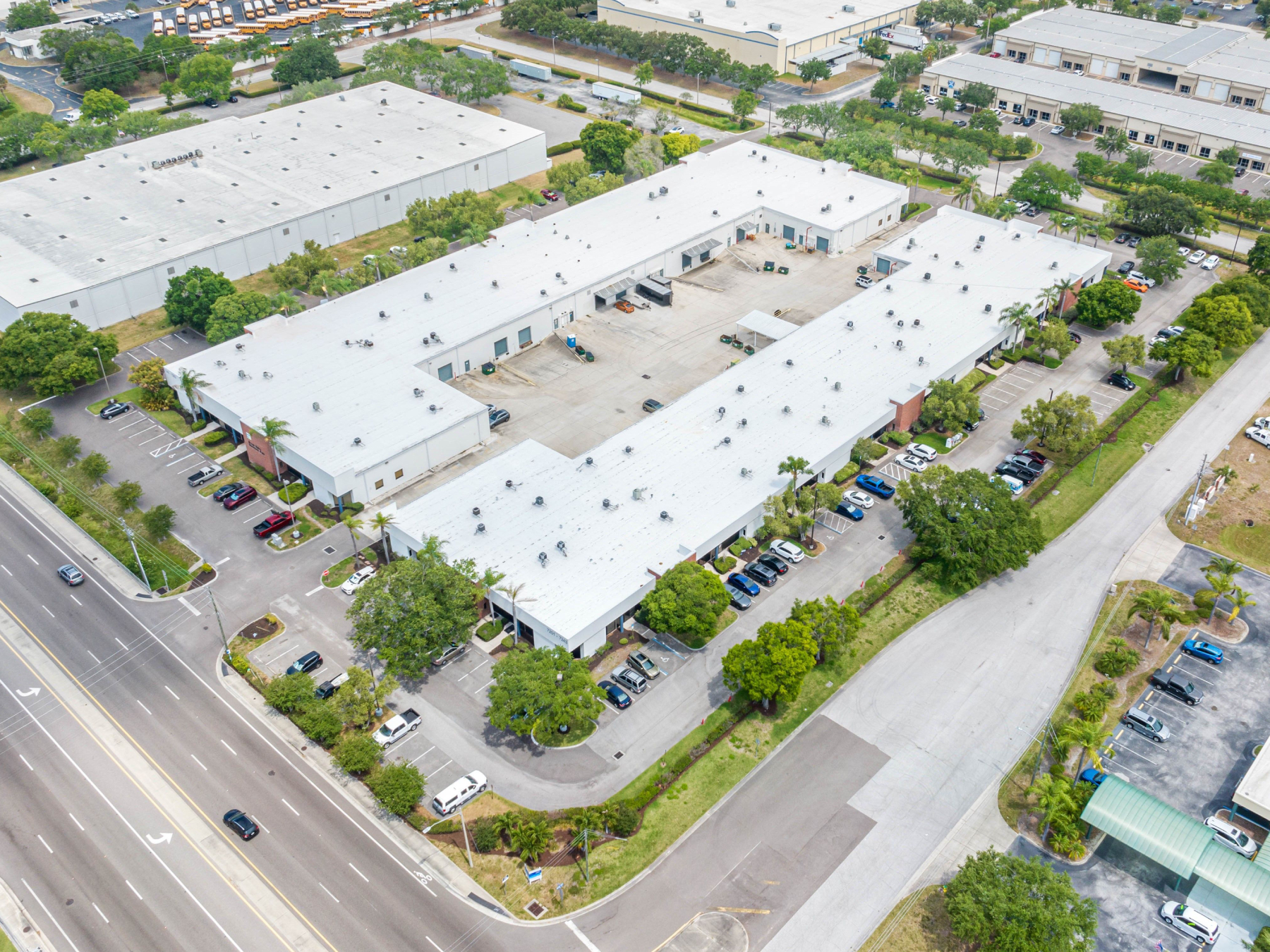
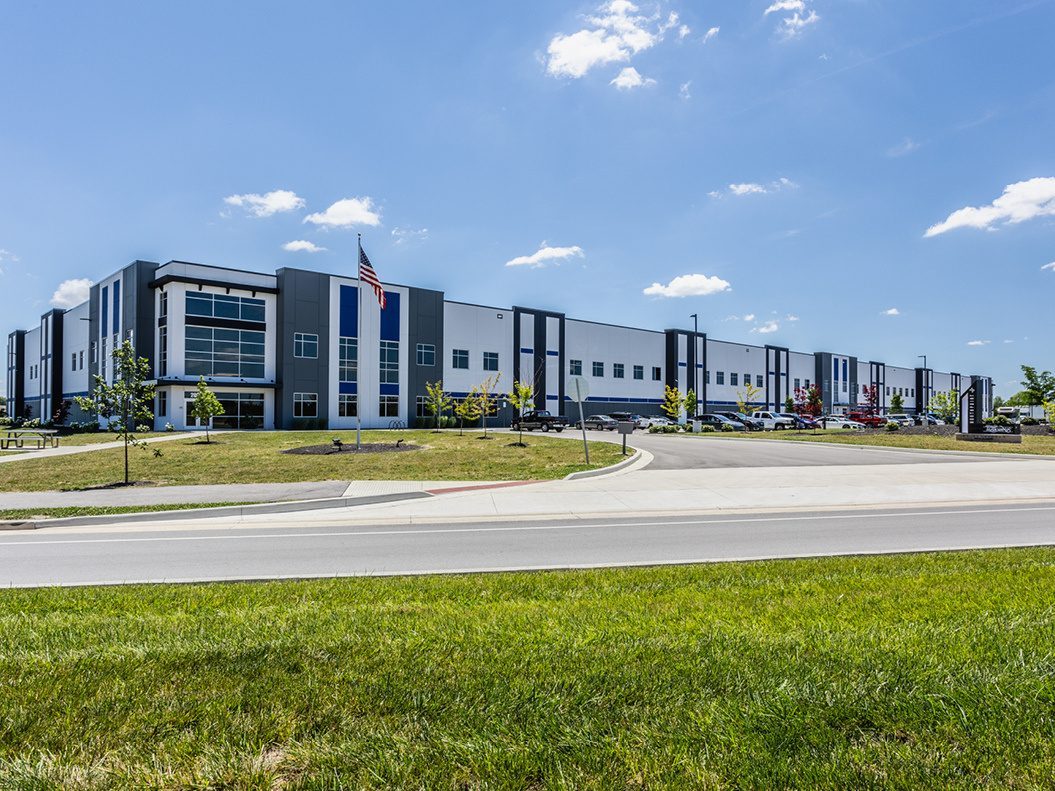
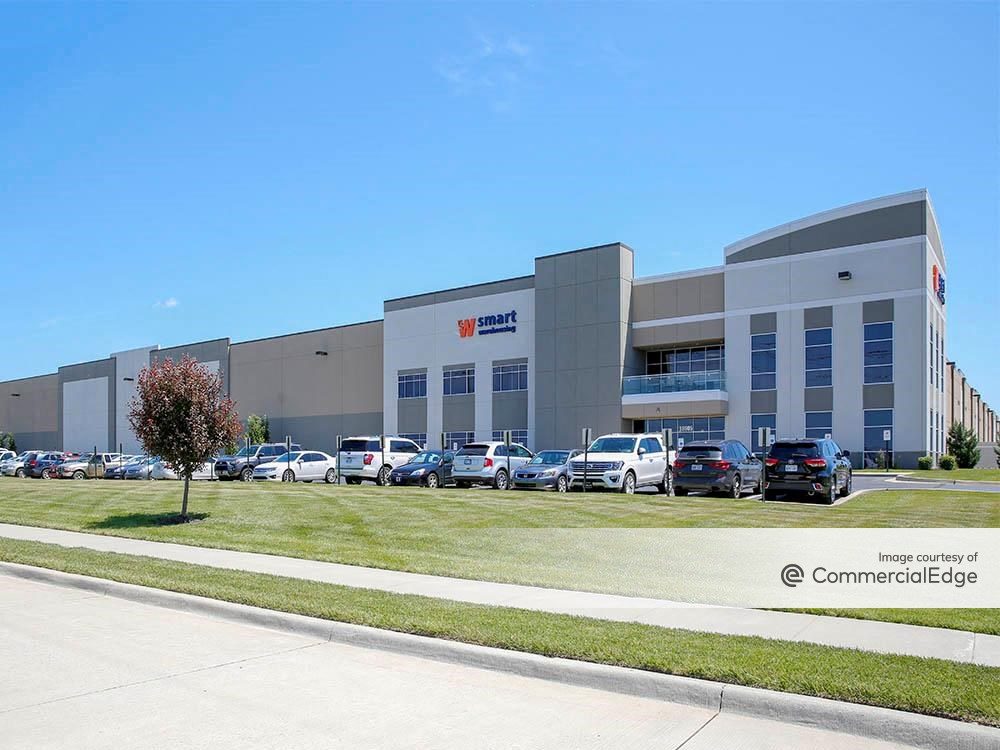
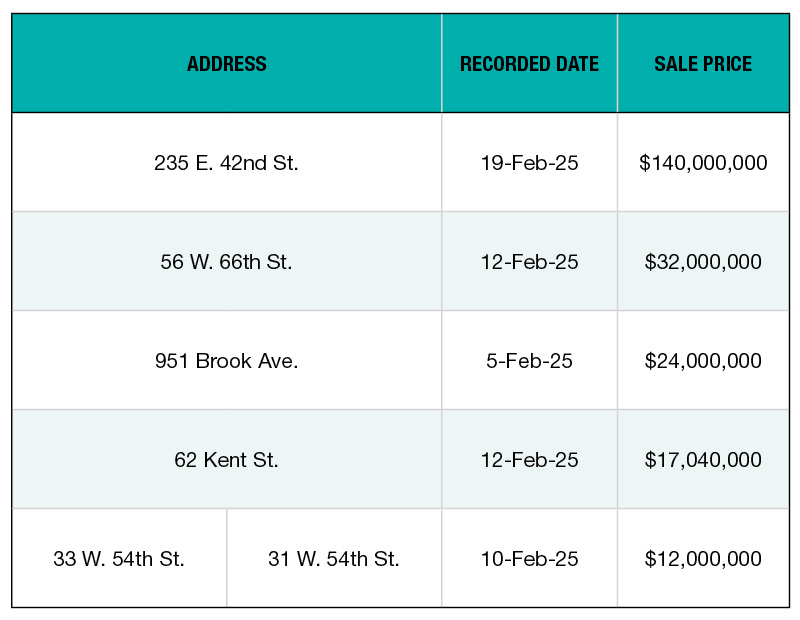

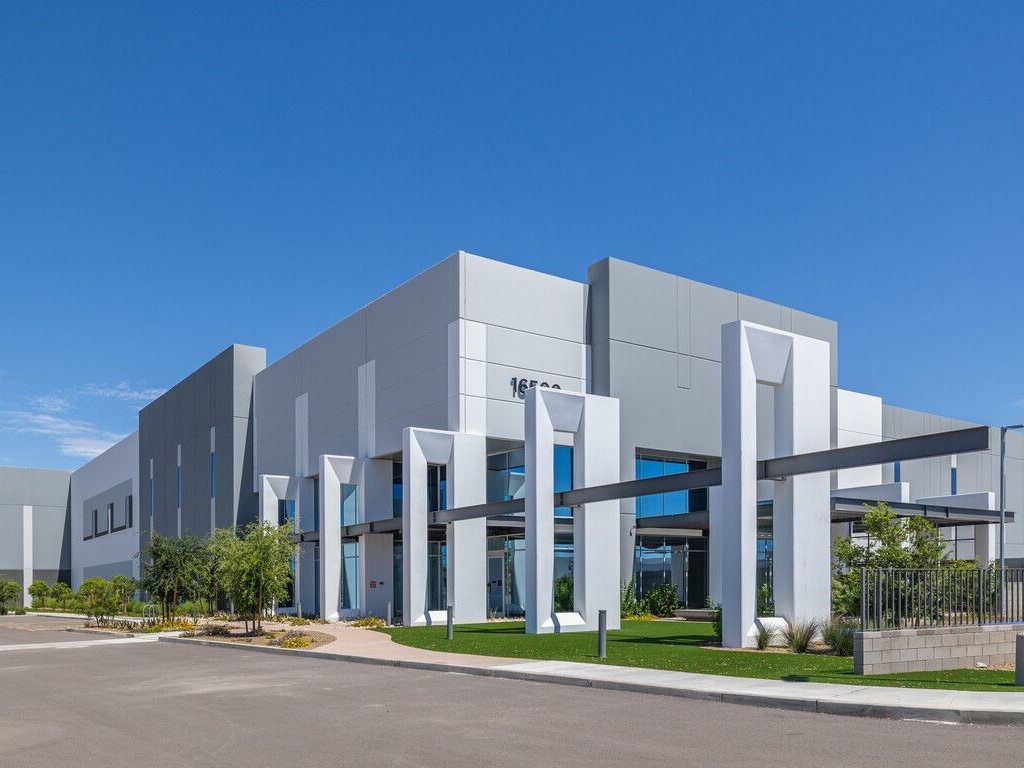
You must be logged in to post a comment.